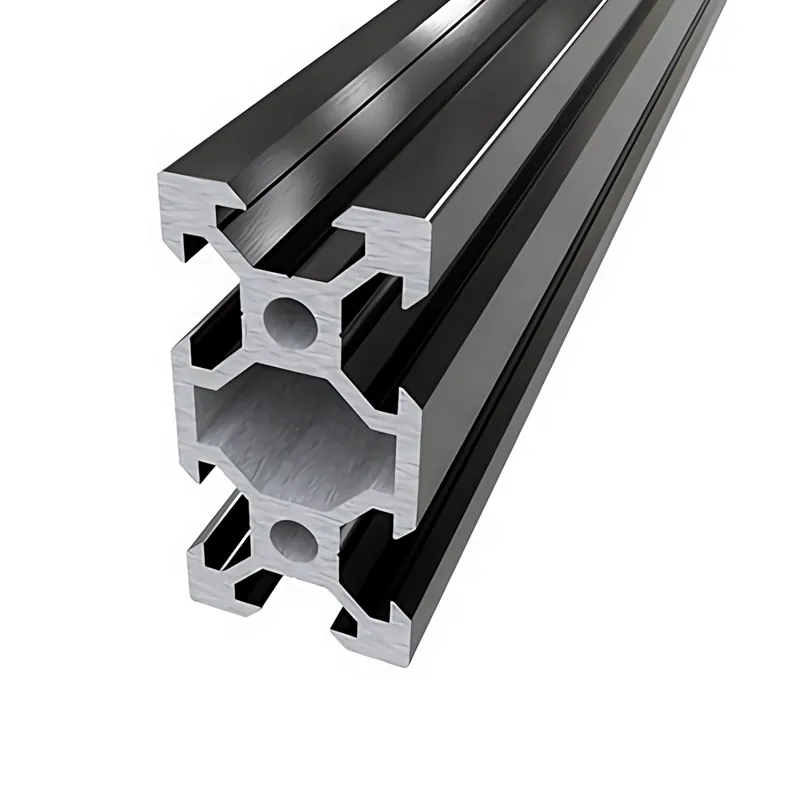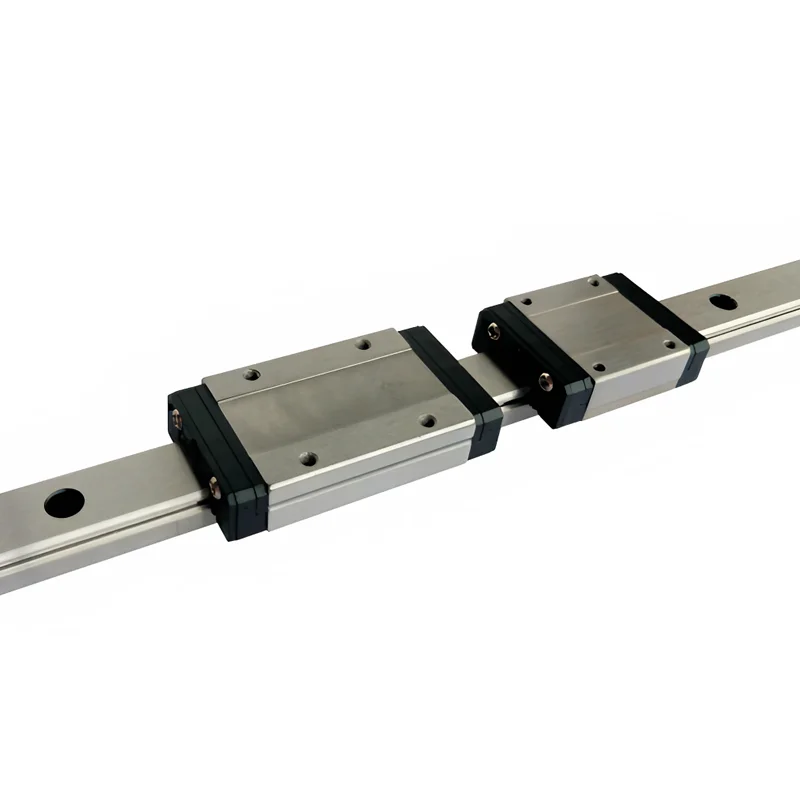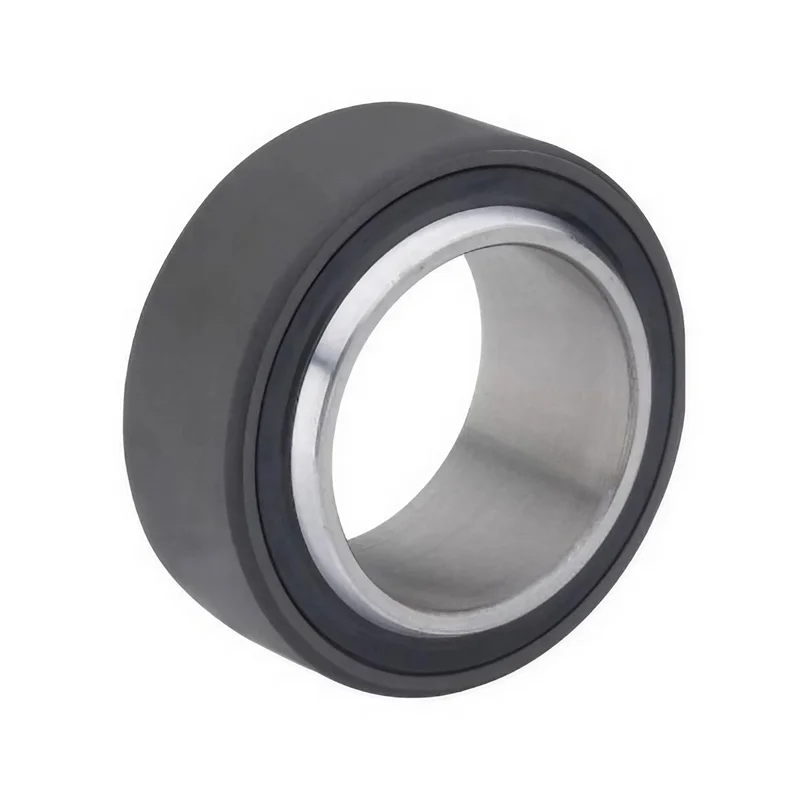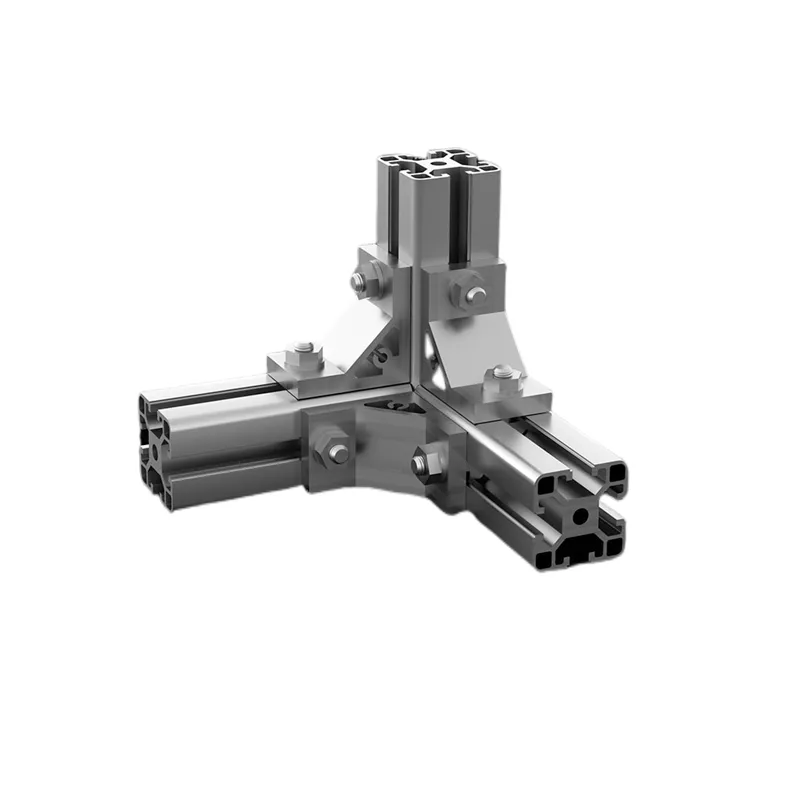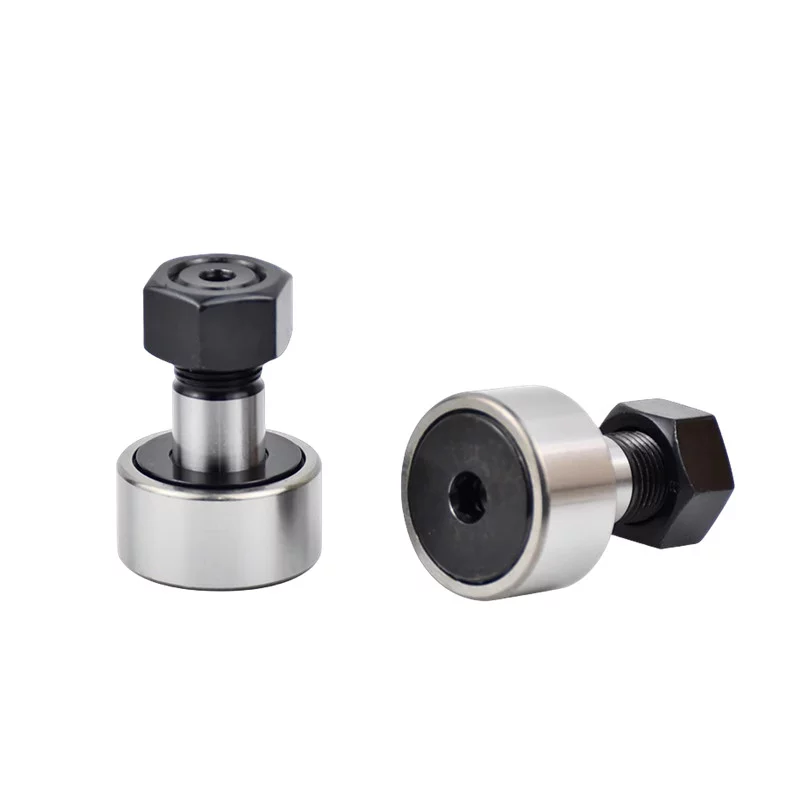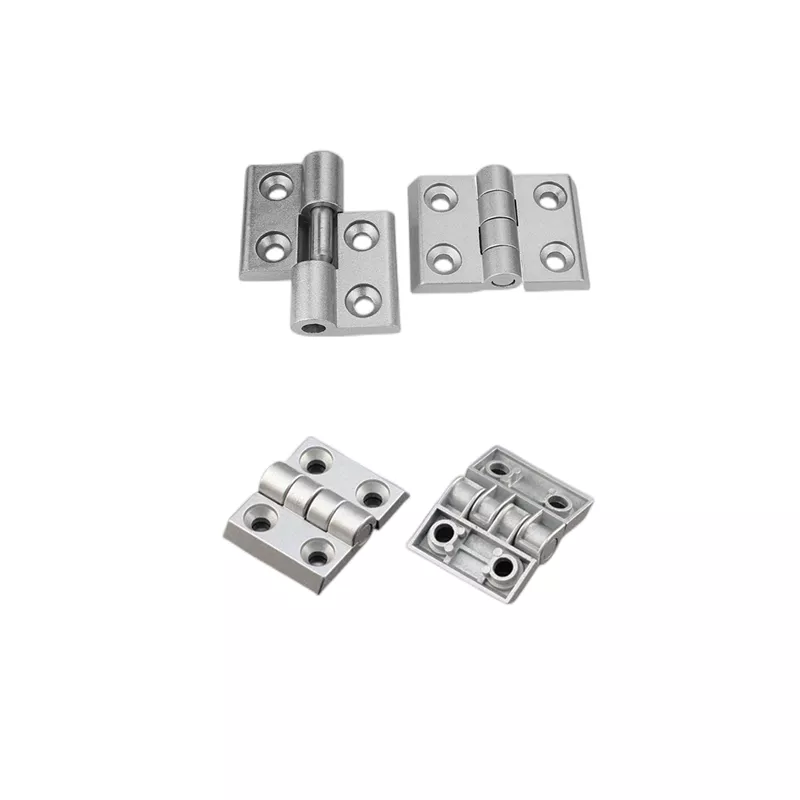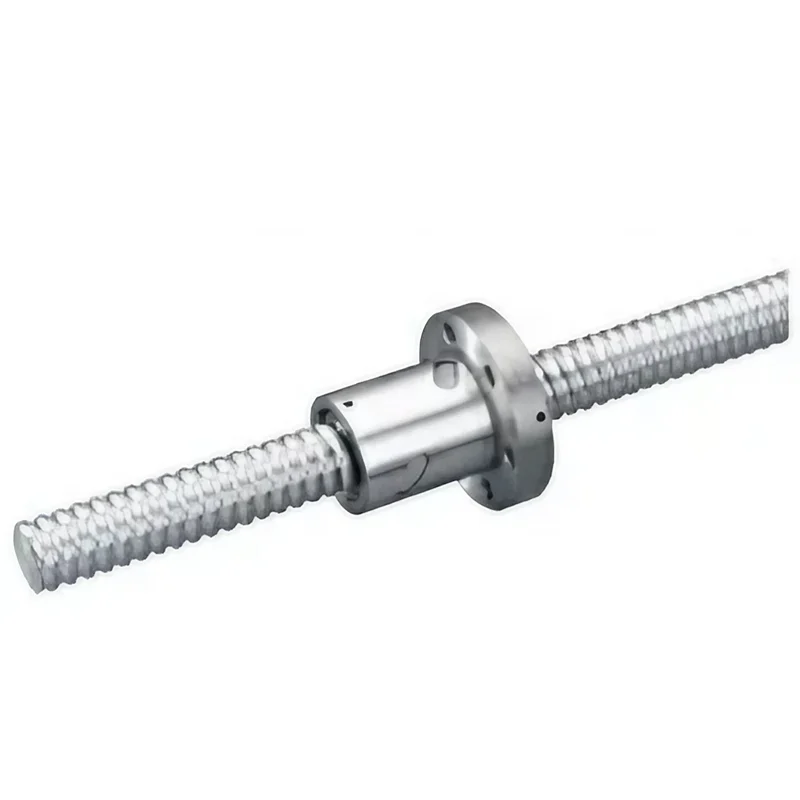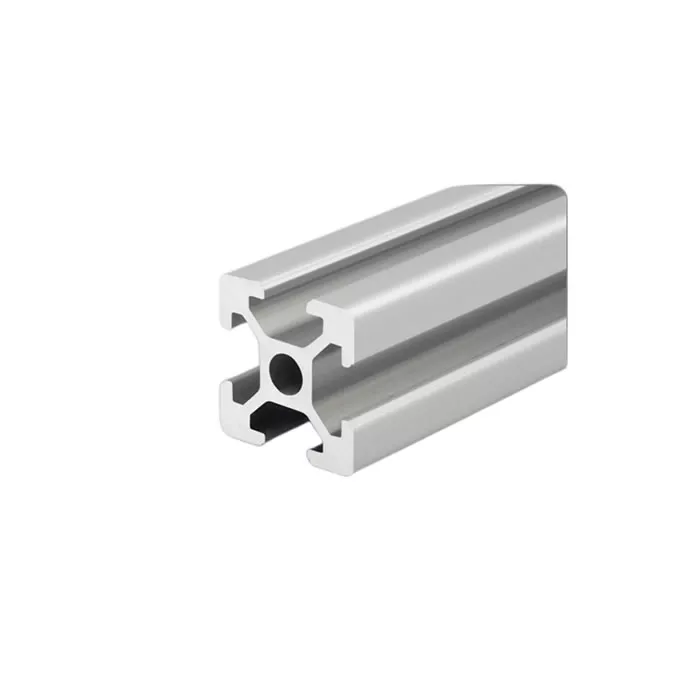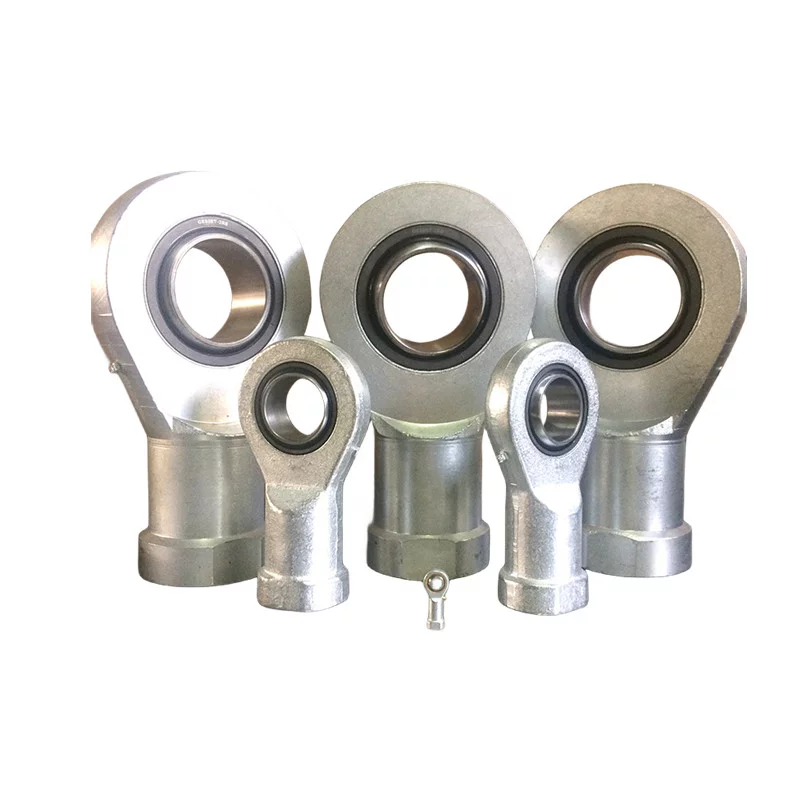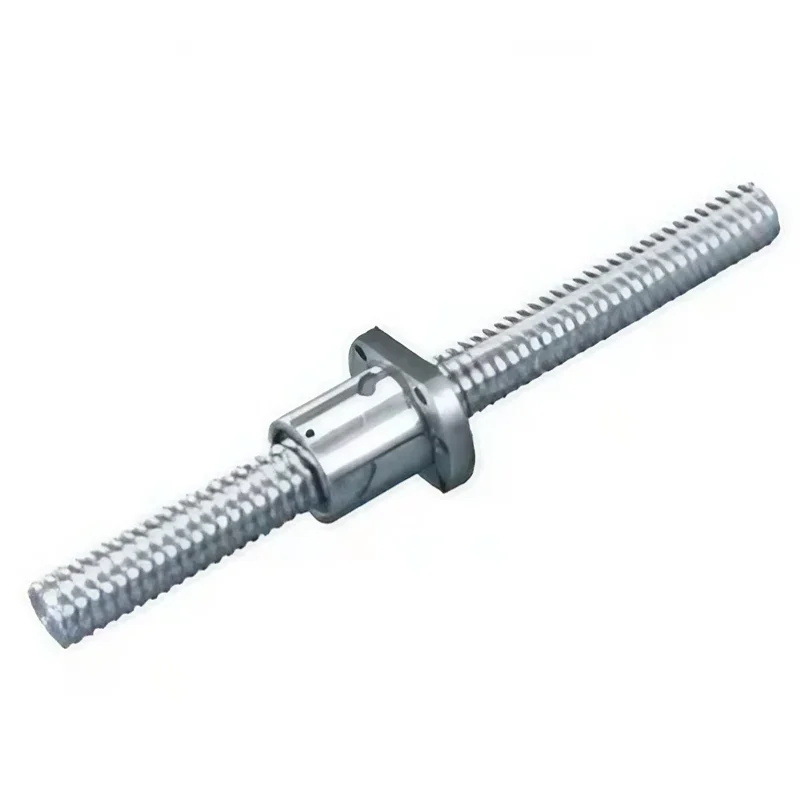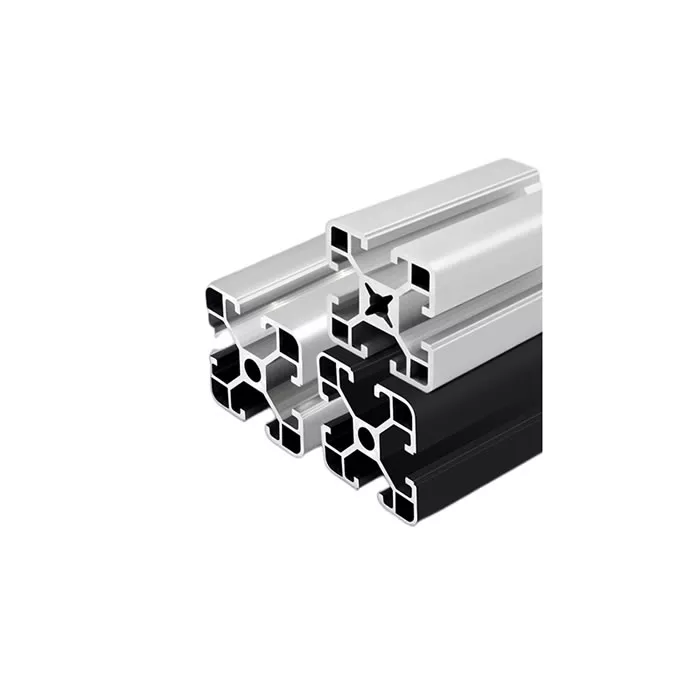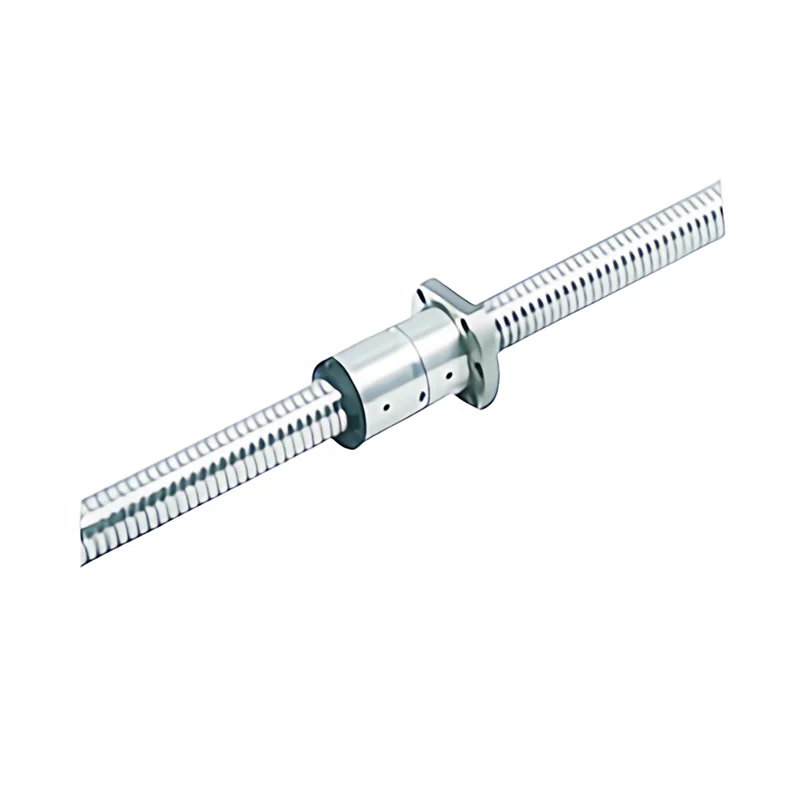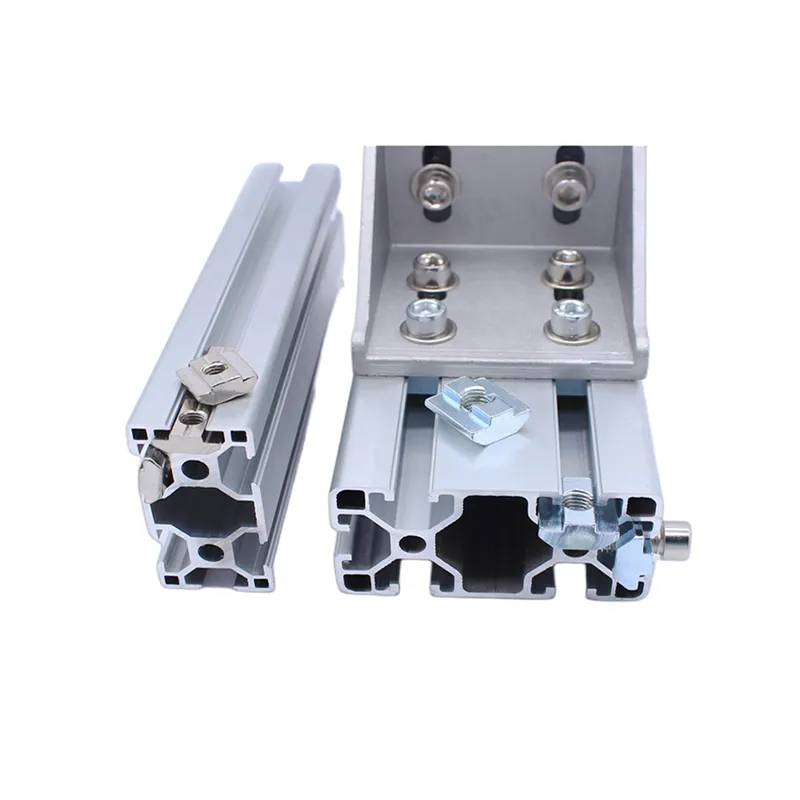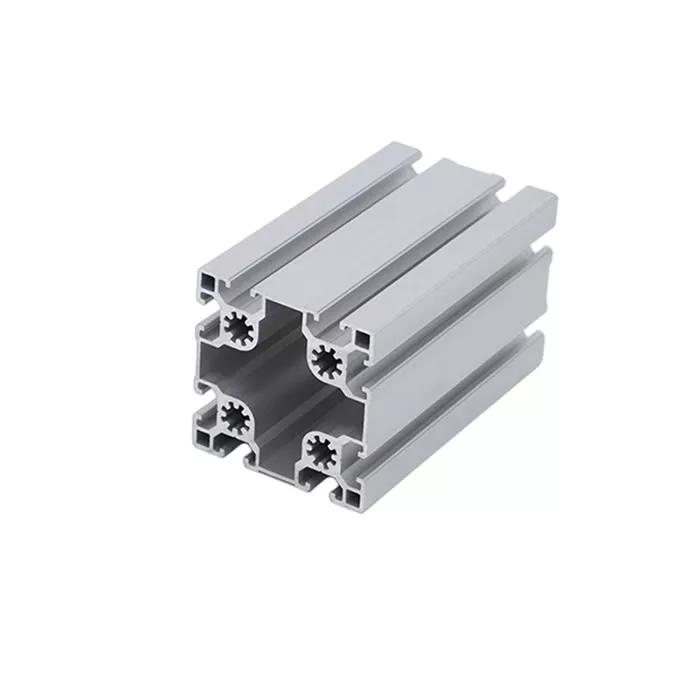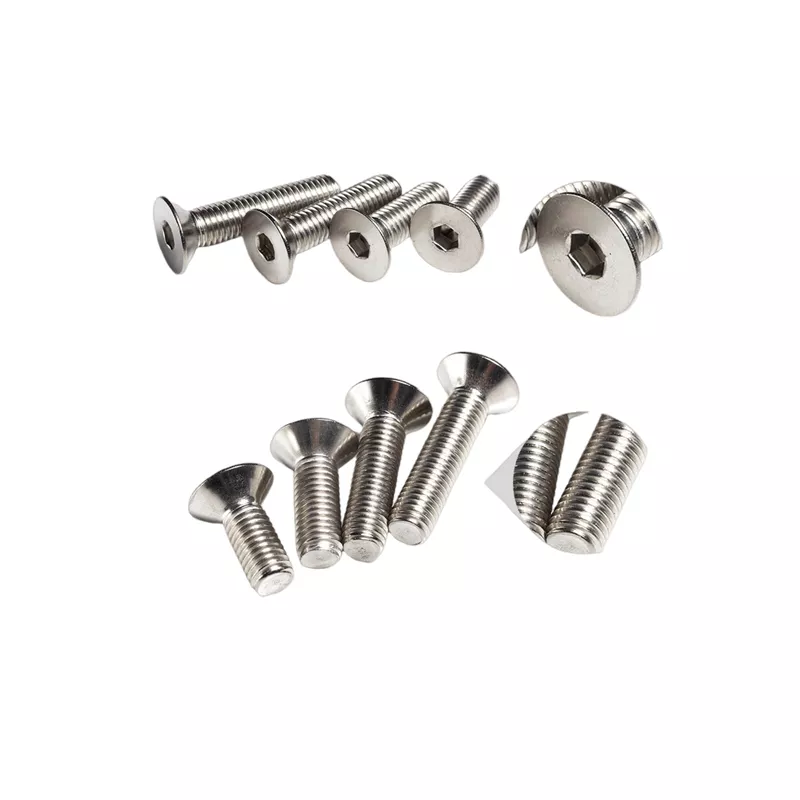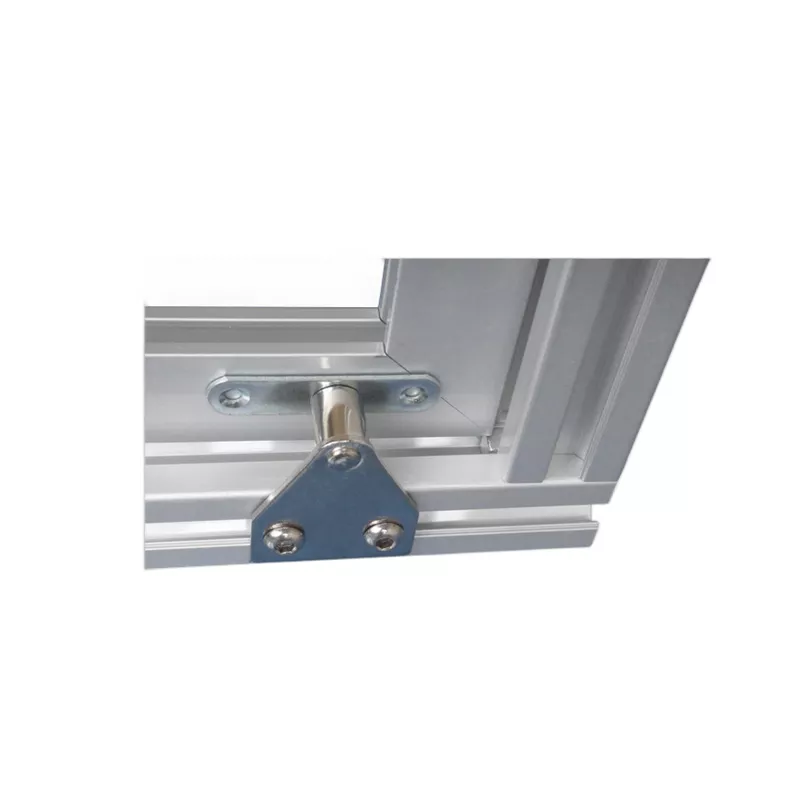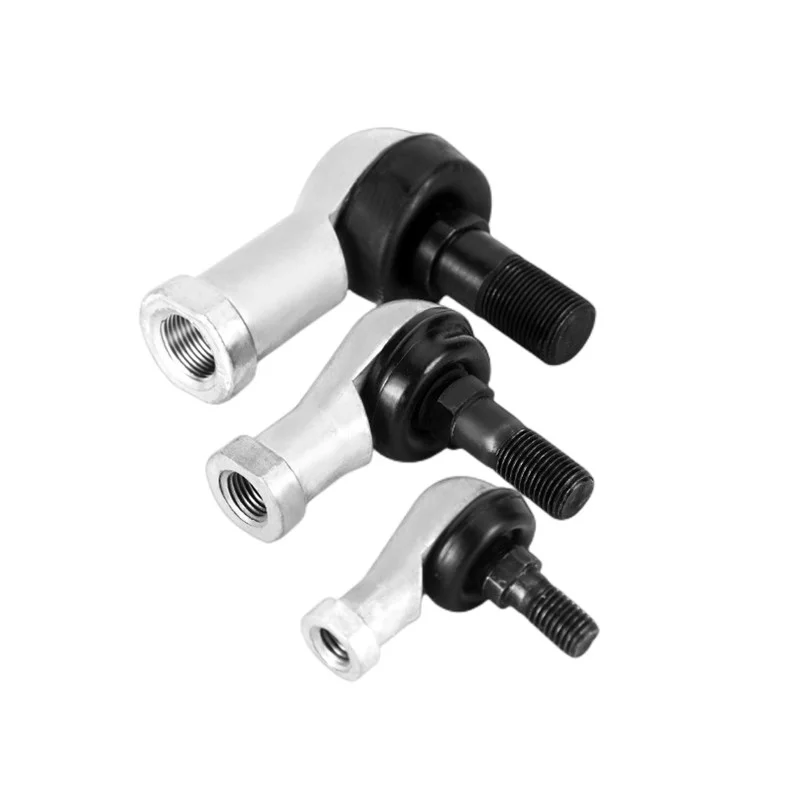Avoiding Issues in Processing Industrial Aluminum Profiles
The process of stretching industrial aluminum profiles demands precision and uniformity to ensure optimal outcomes. Any deviation from uniform stress application can result in deformities and imperfections, compromising the quality of the final product. Additionally, factors such as thermal insulation effects and monitoring stretching amounts play crucial roles in maintaining the integrity of the aluminum extrusion. In this discussion, we will explore the importance of uniform stretching, considerations regarding thermal insulation effects, and the significance of monitoring stretching amounts to achieve high-quality industrial aluminum profiles.
In a uniform manner
When stretching industrial aluminum profiles,
it's important to ensure that the stretching process is performed in a uniform manner.
Any uneven application of stress can lead to partial deformation, spirals,
and other problems in the industrial aluminum extrusion.
To prevent this, it's essential to monitor the stress condition
at the edge of the material and the stress condition of the opening or viewpoint.
The thermal insulation effect of the wool strip
Another factor to consider when processing industrial aluminum profiles
is the thermal insulation effect of the wool strip.
When using industrial aluminum profiles for surface decoration,
it's best to rotate them up and down to heat the entire profile, dissipate heat symmetrically,
and reduce the possibility of lateral bright spots on the material surface.
This is especially true for larger area industrial aluminum profiles, which require extra care.
Monitor the stretching amount
In addition to these concerns, it's also important to monitor the stretching amount
when working with industrial aluminum extrusion materials.
Over-stretching can result in significant errors in the size of the tail end of the material,
low elongation, brittle material, and decreased plasticity.
Therefore, it's recommended to control the stretching amount within 1%.
Overall, by paying attention to these considerations,
industrial aluminum profiles can be processed and stretched effectively,
resulting in high-quality finished products that meet the needs of various industries.
In conclusion, the effective stretching of industrial aluminum profiles requires meticulous attention to detail and adherence to specific parameters. By ensuring a uniform application of stress, monitoring thermal insulation effects, and controlling stretching amounts, manufacturers can produce aluminum extrusions of superior quality. These considerations not only prevent deformities and imperfections but also enhance the overall durability and performance of the finished products. With a commitment to precision and careful monitoring throughout the stretching process, industrial aluminum profiles can meet the stringent requirements of diverse industries, delivering reliable and high-quality solutions.
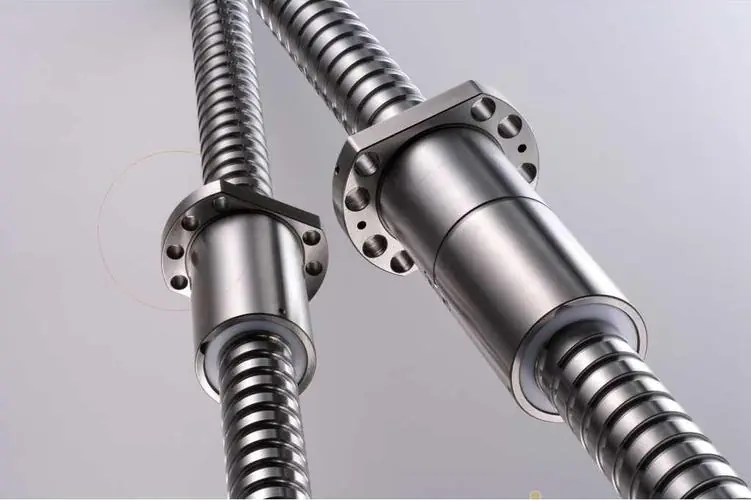 Why Precision Ball Screws are Vital for Industrial Automation and How to Choose the Right Supplier
Why Precision Ball Screws are Vital for Industrial Automation and How to Choose the Right Supplier
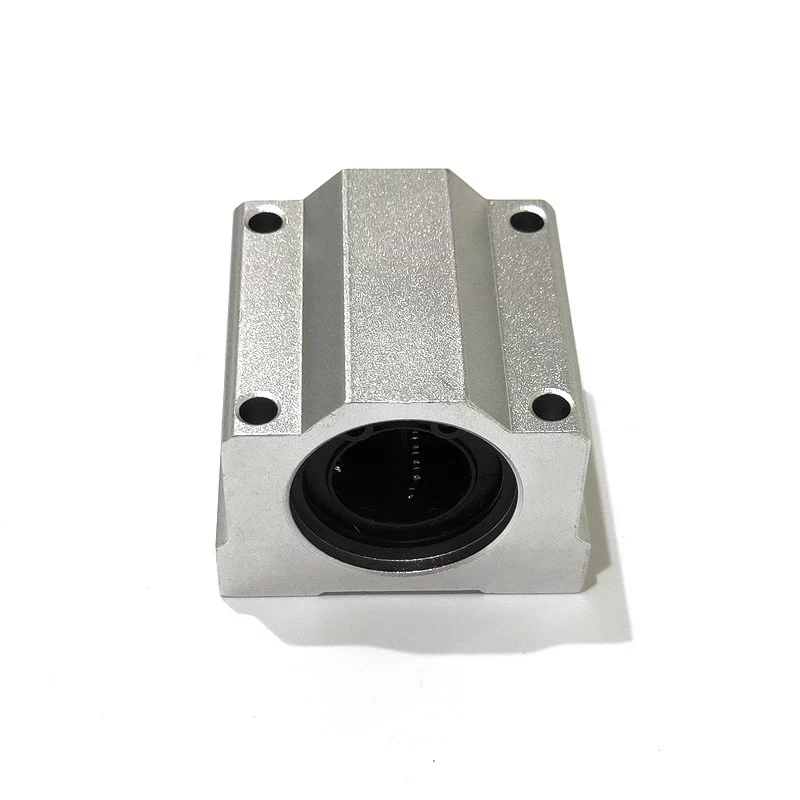 SAIVS Linear Motion Ball Slide Units – Precision and Reliability for Your CNC Needs
SAIVS Linear Motion Ball Slide Units – Precision and Reliability for Your CNC Needs
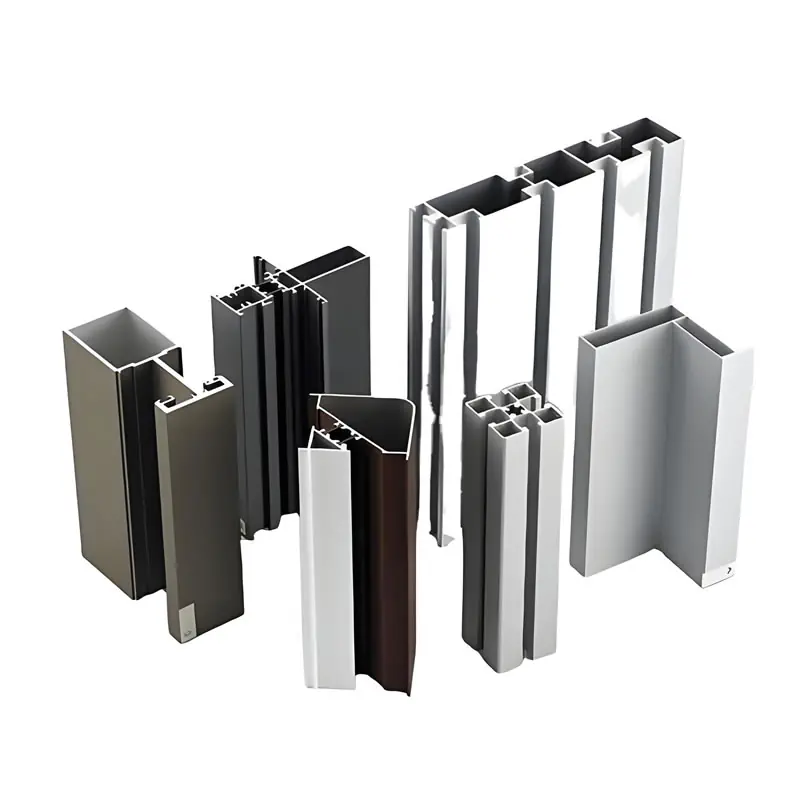 High - Quality T - Slot Aluminum Extrusion Profiles from Ningbo SAIVS Machinery Co., Ltd
High - Quality T - Slot Aluminum Extrusion Profiles from Ningbo SAIVS Machinery Co., Ltd
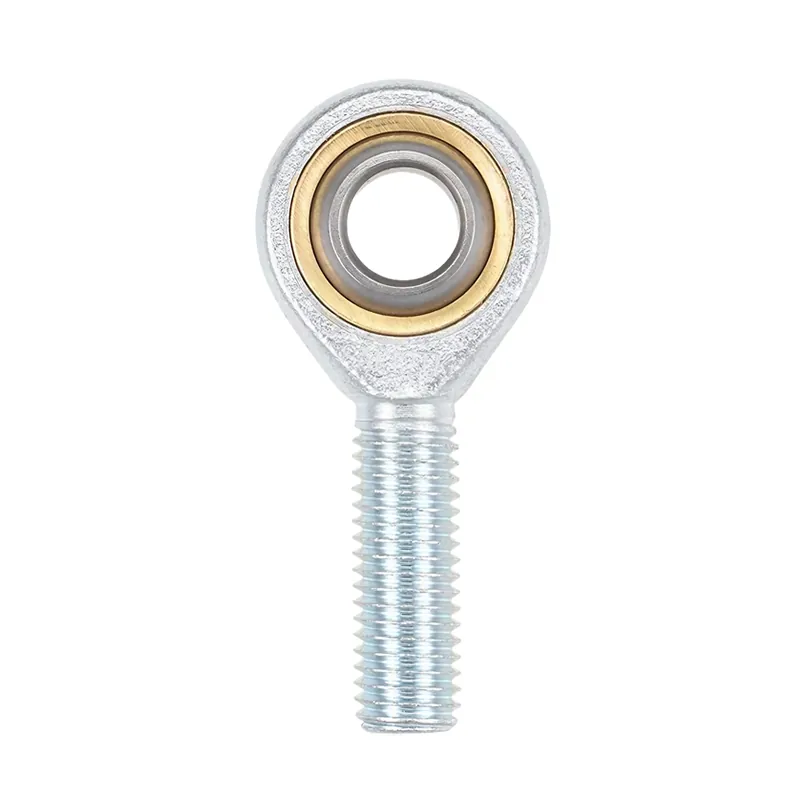 Enhance Industrial Efficiency with Premium Cylinder End Bearings from SAIVS
Enhance Industrial Efficiency with Premium Cylinder End Bearings from SAIVS

